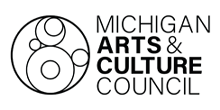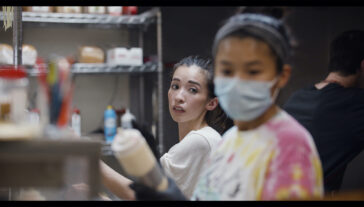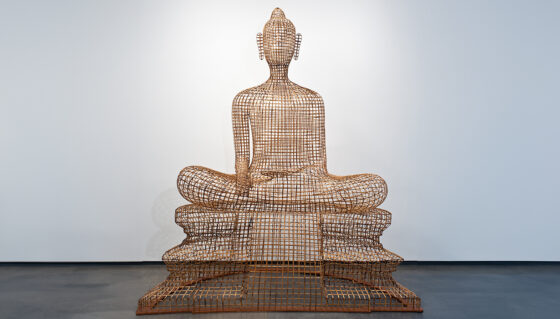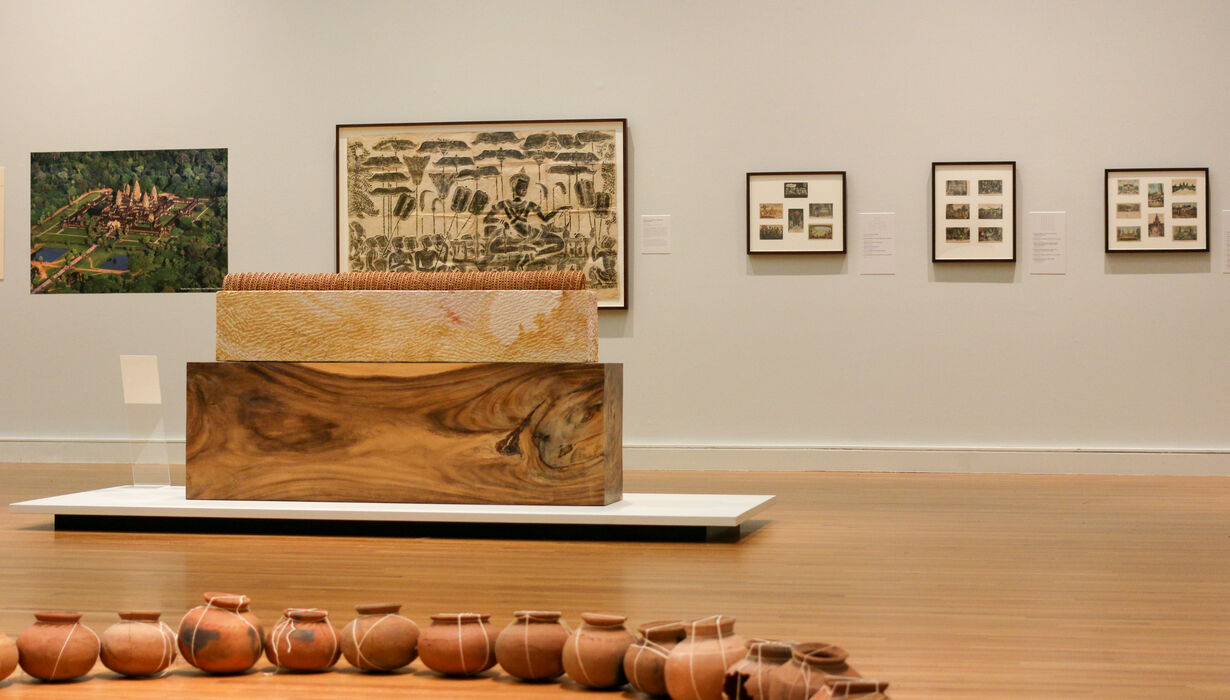
Angkor Complex: Cultural Heritage and Post-Genocide Memory in Cambodia
CARE IN UNCERTAIN TIMES
As crises of public health, economic instability, authoritarian regimes, racial injustice, and climate change spread around the globe, millions are experiencing distress, conflict, uncertainty, and vulnerability. This troubling combination of experiences is nothing new for Cambodians. Between 1975-1979, when the Khmer Rouge ruled Cambodia, about a quarter of the country’s population died of infectious diseases, weapon wounds, and malnutrition.
This exhibition brings together more than 80 works of art spanning a millennium to present how the visual culture of Cambodia and its diaspora has changed in the face of upheavals. Angkor Complex also allows viewers to encounter the still-fresh scars of a genocide and critically appreciate the strategies evolved to nurture resilience in trying times.
Related Events
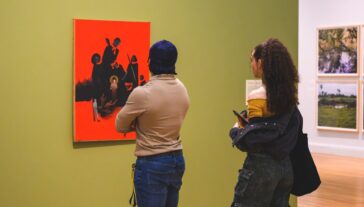

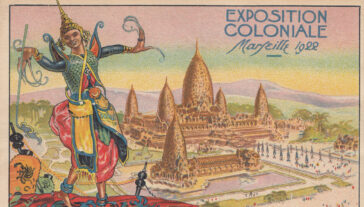
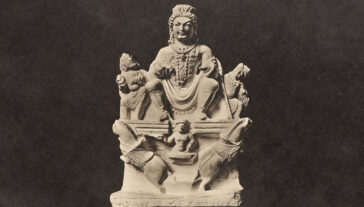
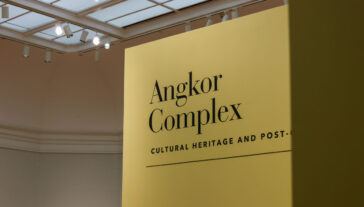

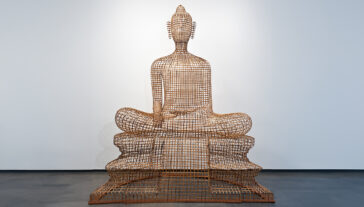
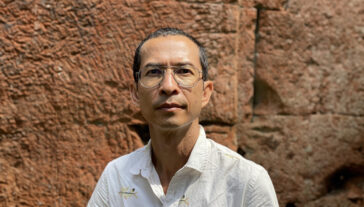
Select Objects on View
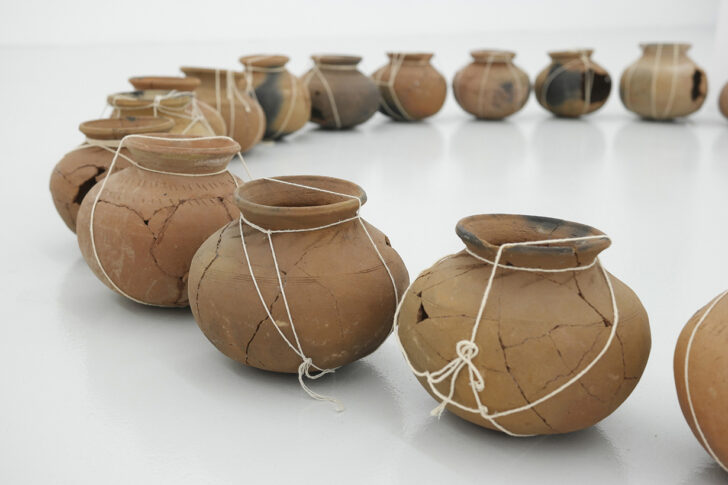
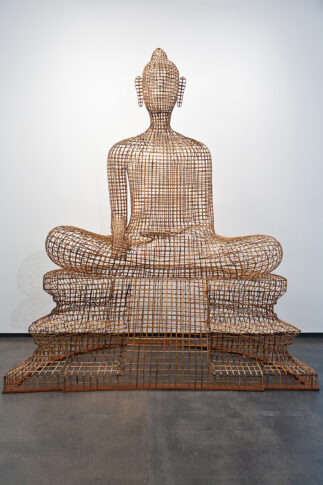
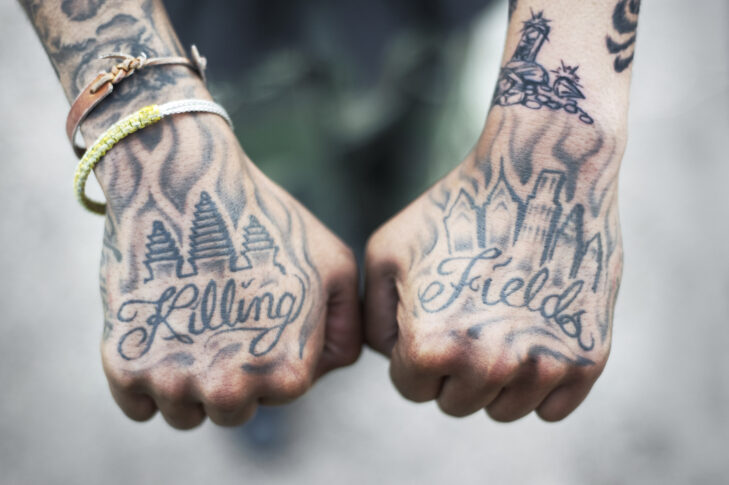
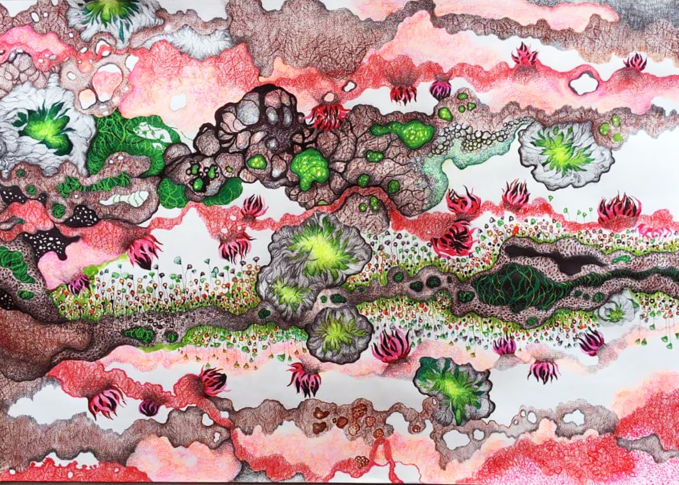
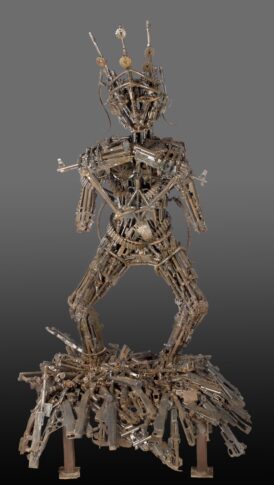
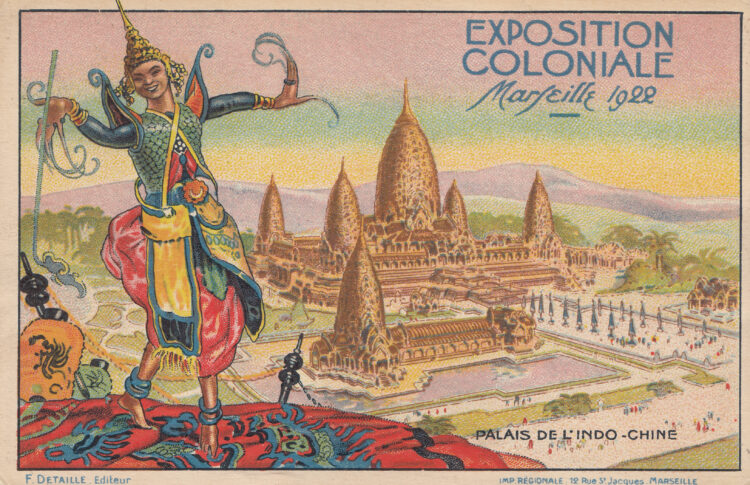
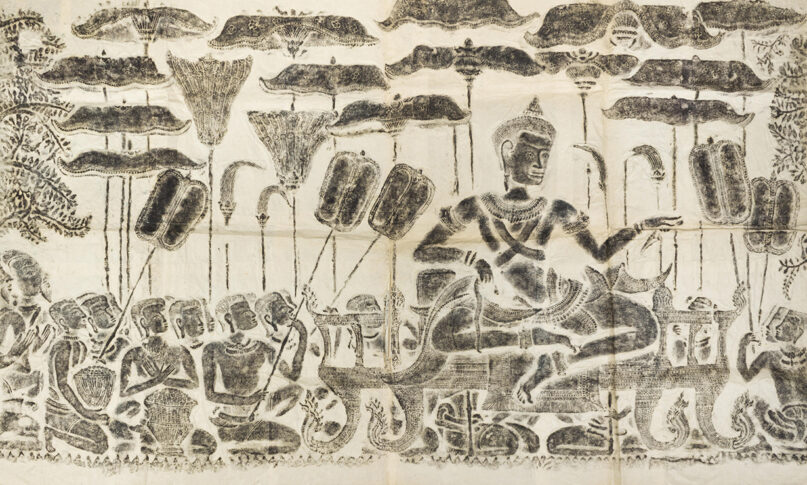
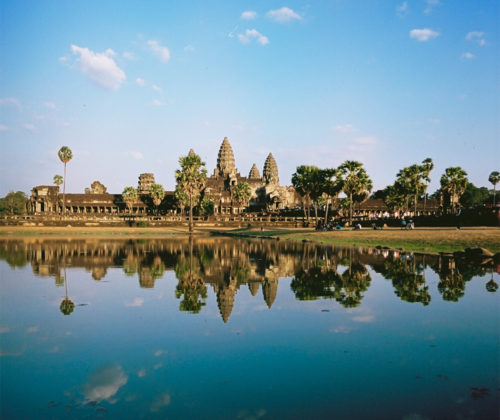
About Angkor Wat
Built in the city of Angkor in the Mekong Basin in honor of a Hindu deity, Angkor Wat was a state temple of the cosmopolitan Khmer Empire (802–1431). The sacred complex, surrounded by high walls and a vast moat, consisted of clusters of intricately carved stone buildings. When it was built, nearly a million people lived in Angkor, the empire’s capital city. As the Khmer Empire declined and the region became centered around farming, the temple became a Buddhist monastery.
When Cambodia became a French protectorate in the second half of the nineteenth century, Angkor Wat loomed large in the colonial imagination, and France began to reposition Angkor Wat as its own cultural patrimony. Architectural fragments and sculptures from the temple were transferred to French collections, and facsimiles of its buildings were erected in Marseilles and Paris.
After Cambodia gained independence from colonial rule in 1953, successive short-lived regimes have used Angkor Wat as an emblem signifying the prosperity that the Khmer people once enjoyed and to which they should again aspire. Pol Pot (1925–1998), a leader of the Khmer Rouge (the Communist Party of Cambodia), oversaw the most autocratic and oppressive of these regimes from 1975 to 1979. In these dark years, Angkor Wat and other places of historical significance were sometimes the site of armed skirmishes and at other times havens for individuals unsettled by the war.
Today, Cambodians regard Angkor Wat as a national symbol and a site of memory.
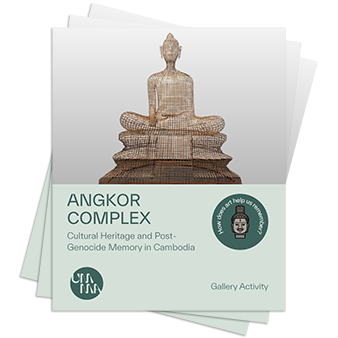
Exhibition Guide
Learn more about how the artists in Angkor Complex use art and visual culture to remember and heal from the histories of Cambodia.
Download GuideSUPPORT
Lead support for this exhibition is provided by the U-M Office of the Provost, U-M Office of the President, National Endowment for the Arts, Michigan Arts and Culture Council, the E. Rhodes and Leona B. Carpenter Foundation, Eleanor Noyes Crumpacker Endowment Fund, U-M Ross School of Business, U-M Department of History of Art, Mark and Julie Phillips, U-M Center for Southeast Asian Studies, US Department of Education Title VI grant, and an anonymous donor. Additional generous support is provided by the U-M Department of Asian Languages and Cultures.

